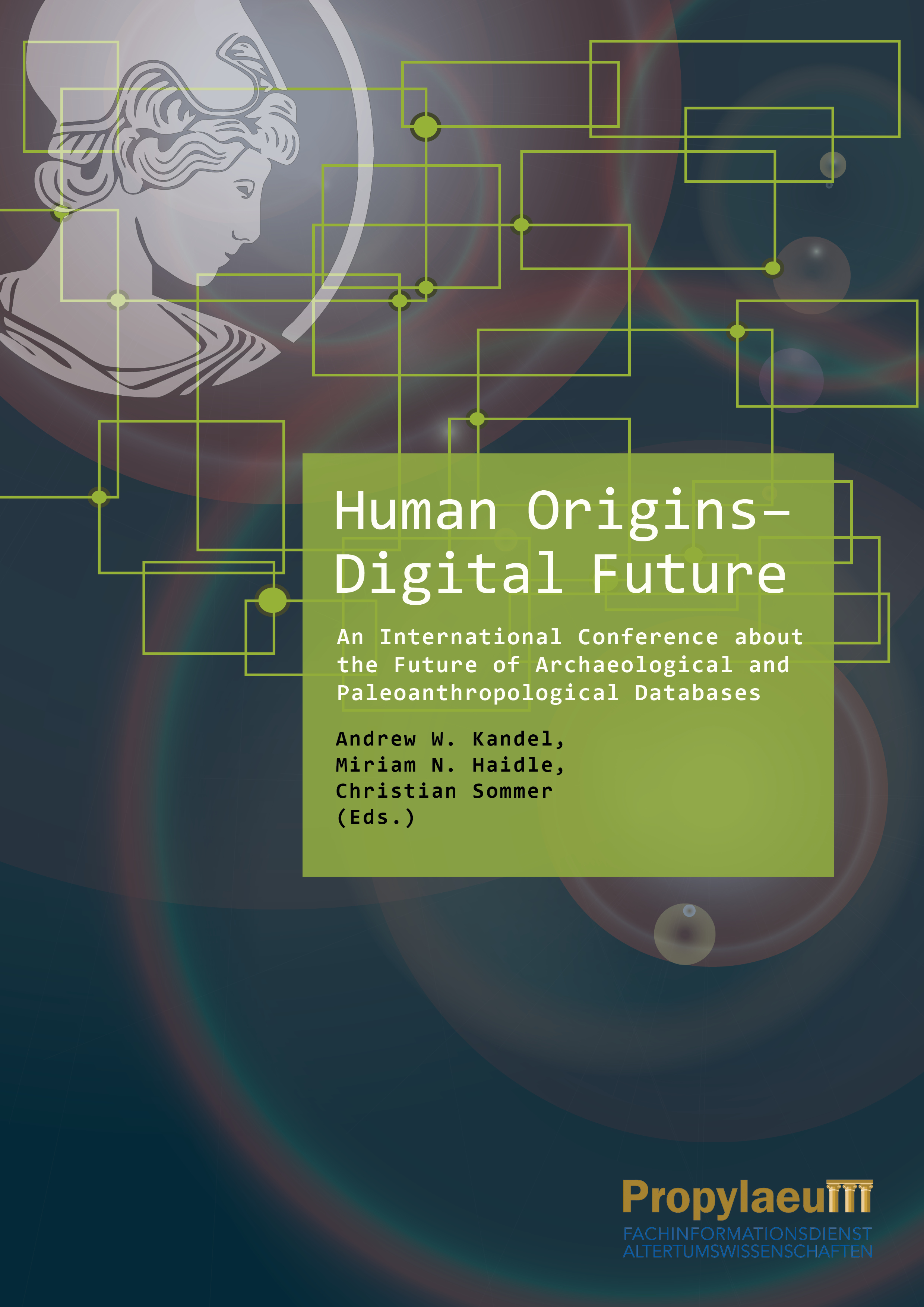Dapschauskas, Rimtautas
Der evolutionäre Ursprung von Ritualen: Eine disziplinübergreifende Synthese des aktuellen Forschungsstandes aus archäologischer Perspektive
Was sind Rituale, wie funktionieren sie, wann und warum sind sie im Lauf der Evolution des Menschen entstanden? Diese Fragen werden im vorliegenden Werk mithilfe einer umfangreichen, disziplinübergreifenden Synthese beantwortet. Ansätze aus den Evolutions-, Kognitions- und Kulturwissenschaften werden miteinander kombiniert und auf die archäologische Überlieferung des Paläolithikums bezogen. Das gemeinschaftliche Ritual wird als eine mächtige psychosoziale Vergemeinschaftungstechnik mit einer vielschichtigen Evolutionsgeschichte herausgearbeit. Die Arbeit zeigt, dass das Ritual zu den zentralen biokulturellen Adaptionen unserer ultrasozialen Spezies gehört, der es als einzige Art der Gattung Homo gelang, sich über den gesamten Planeten auszubreiten.
Human Origins – Digital Future: An International Conference about the Future of Archaeological and Paleoanthropological Databases
Dieses eBook enthält die Ergebnisse der Online-Konferenz "Human Origins - Digital Future", die vom 27. bis 31. Juli 2020 stattfand. Hauptziel der Konferenz war es, integrative Aspekte und Ansätze für die Entwicklung, Nutzung und Sicherung großer wissenschaftlicher Datenbanken in der Zukunft zu erörtern, insbesondere im Kontext der archäologischen und paläoanthropologischen Forschung. Im Mittelpunkt der Konferenz stand die Frage, wie Datenbanken mit neuartigen Informationstechnologien genutzt werden können, um durch die Verknüpfung, Abfrage und Analyse archäologischer, paläoanthropologischer, paläobiologischer und geographischer Informationen neue Erkenntnisse zu gewinnen. Neben grundlegenden Fragen der Digitalisierung und von Open Science wurden auf der Konferenz auch Ansätze mit innovativen Methoden untersucht. Angesichts des digitalen Charakters der Konferenz haben wir das Format dieser Publikation so gestaltet, dass Multimedia und interaktive Funktionen zum Einsatz kommen. Daher enthält dieser Band die Zusammenfassungen der Vorträge mit jeweils einem Link, über den die Lesenden das auf der Konferenz präsentierte Video ansehen können. Darüber hinaus schließt der Band mit einer Diskussion am runden Tisch, die über Links zu Interviews über ausgewählte Themen im Zusammenhang mit der Zukunft von Datenbanken zugänglich ist.








